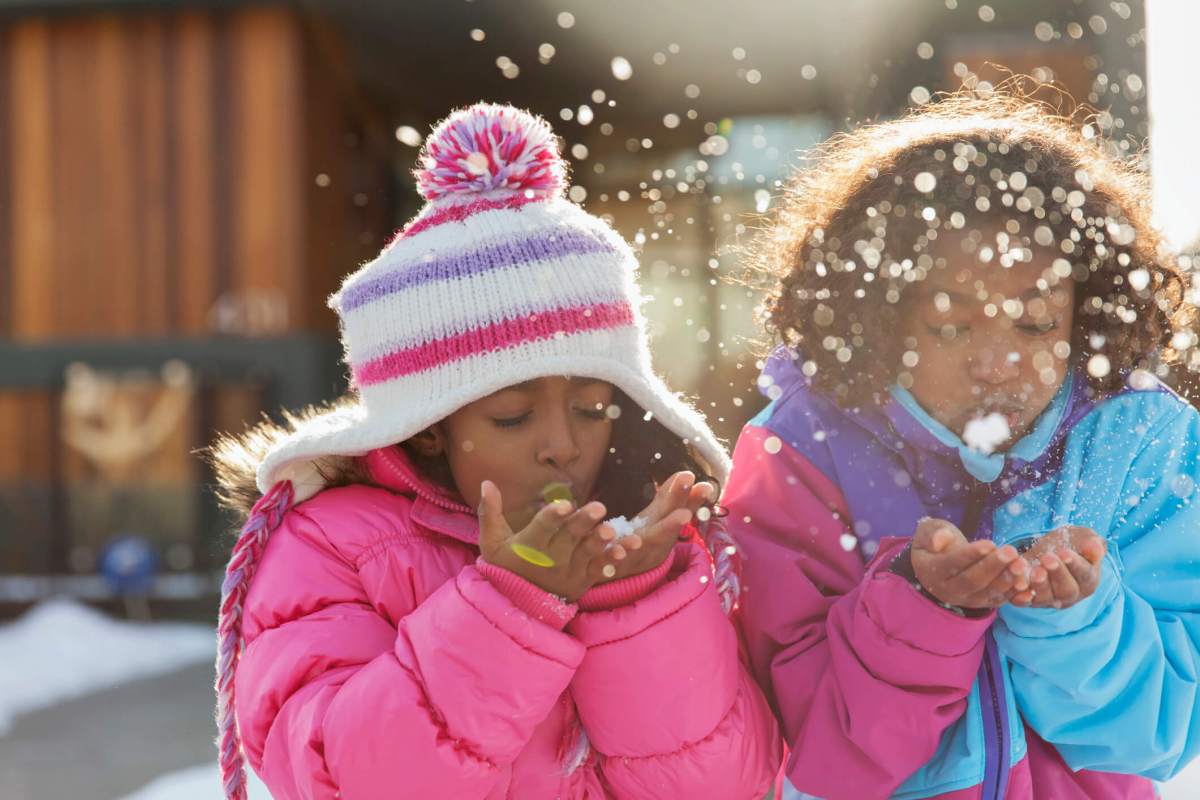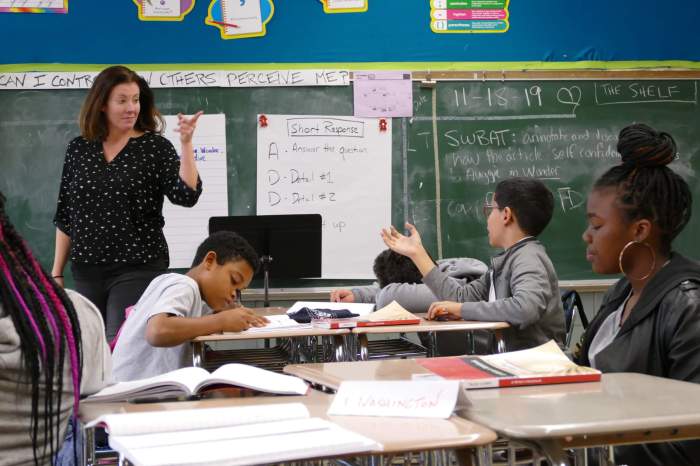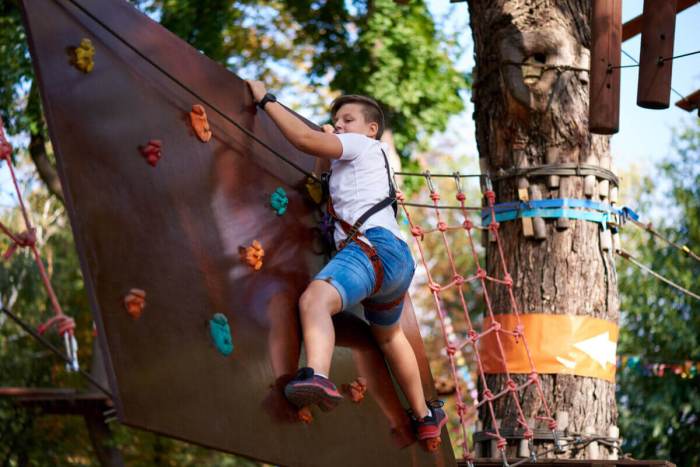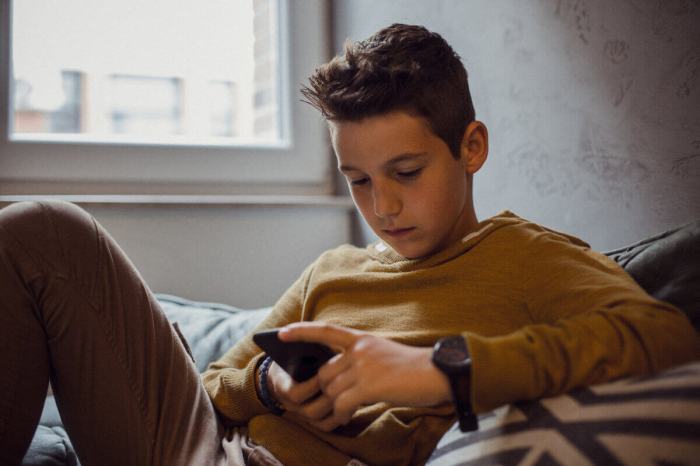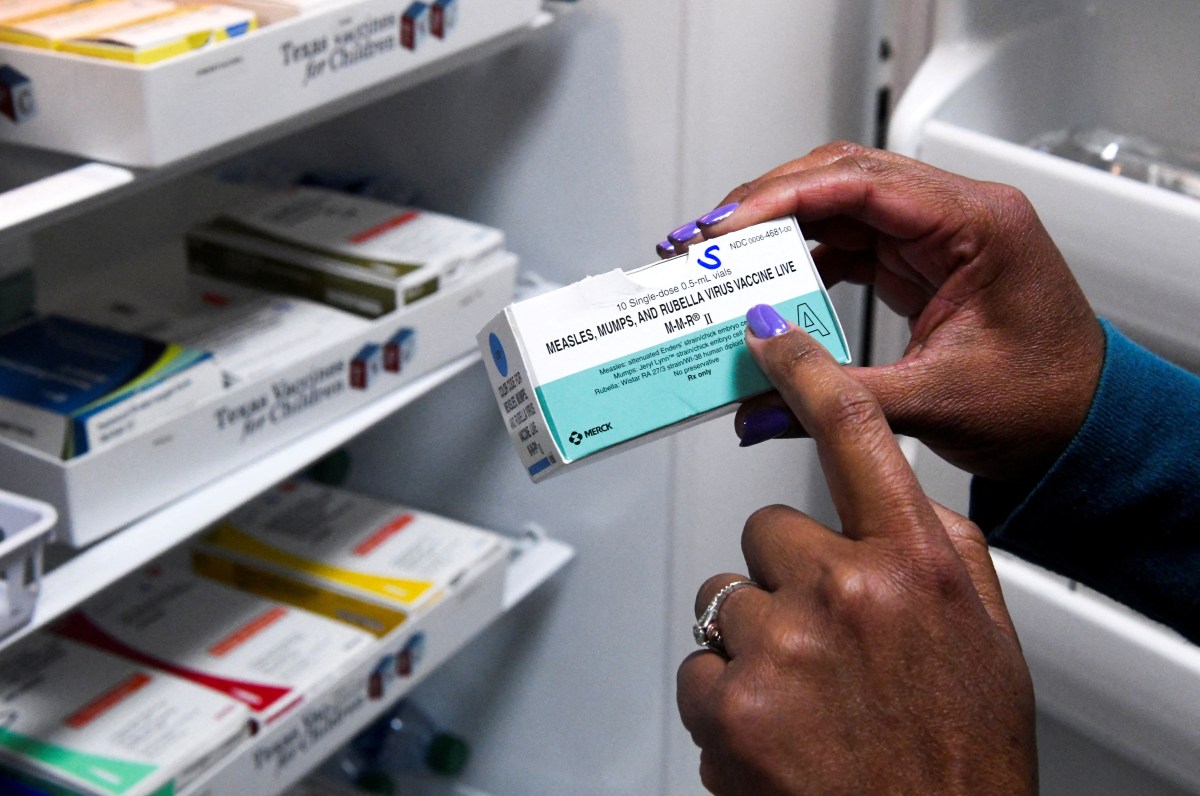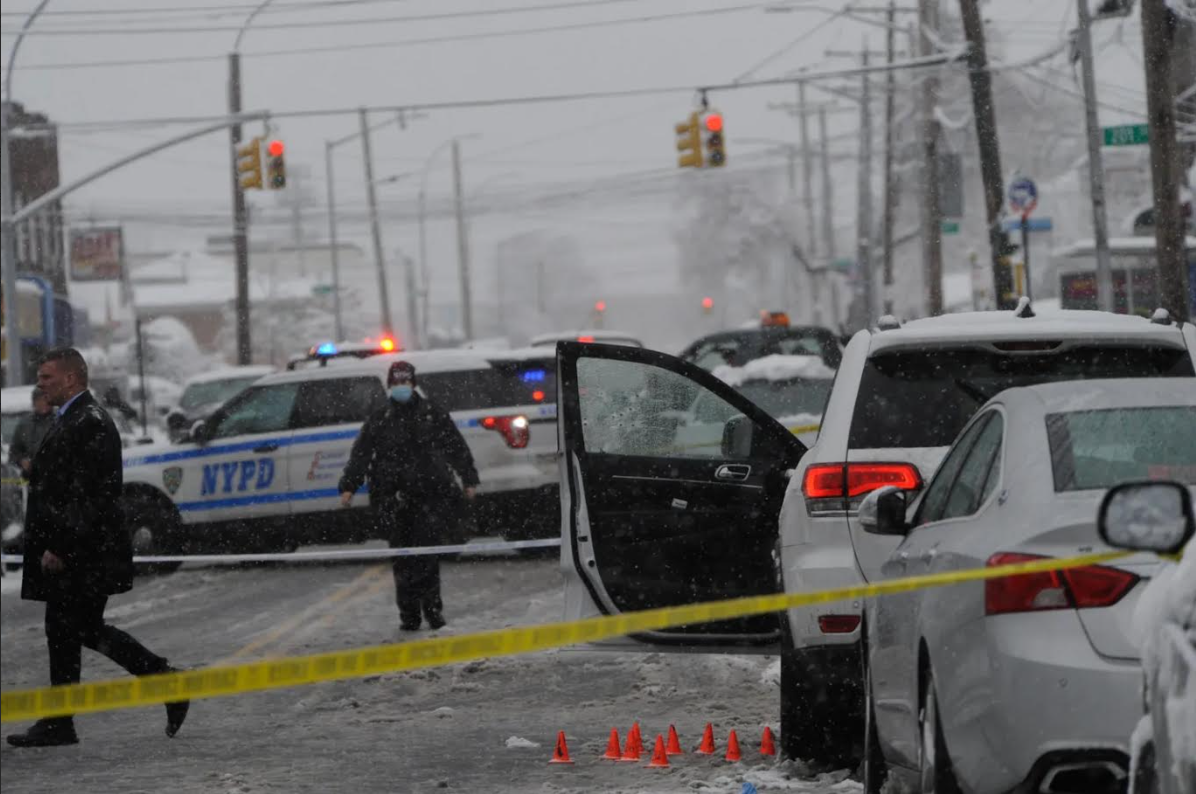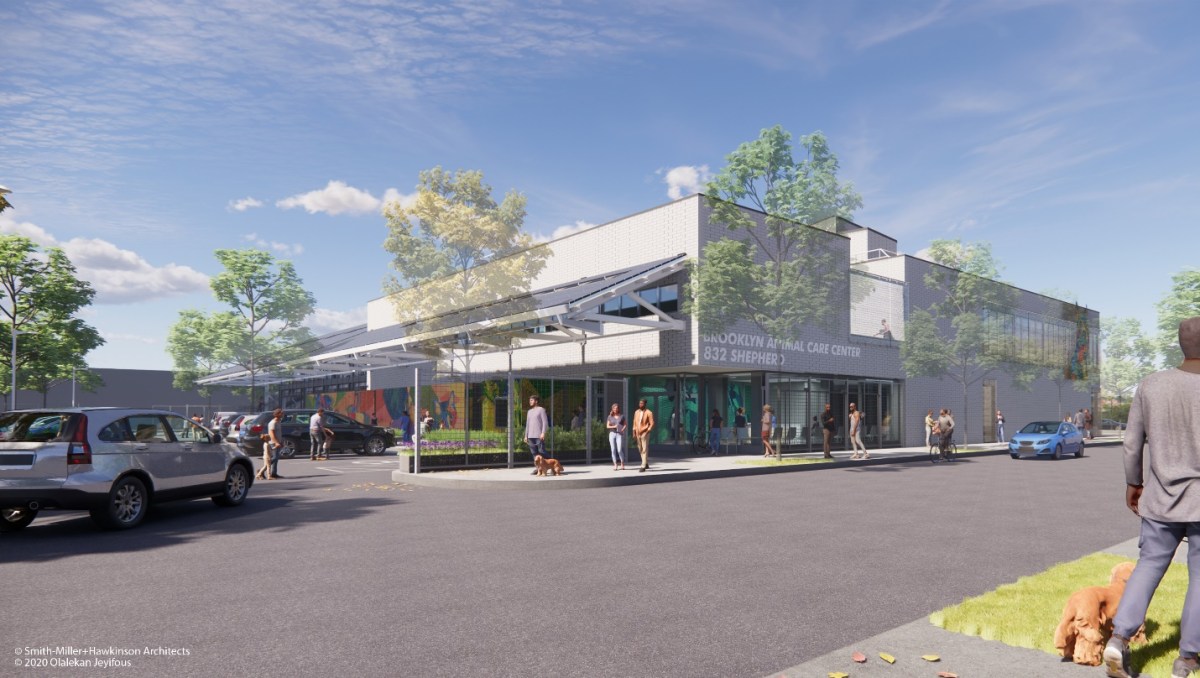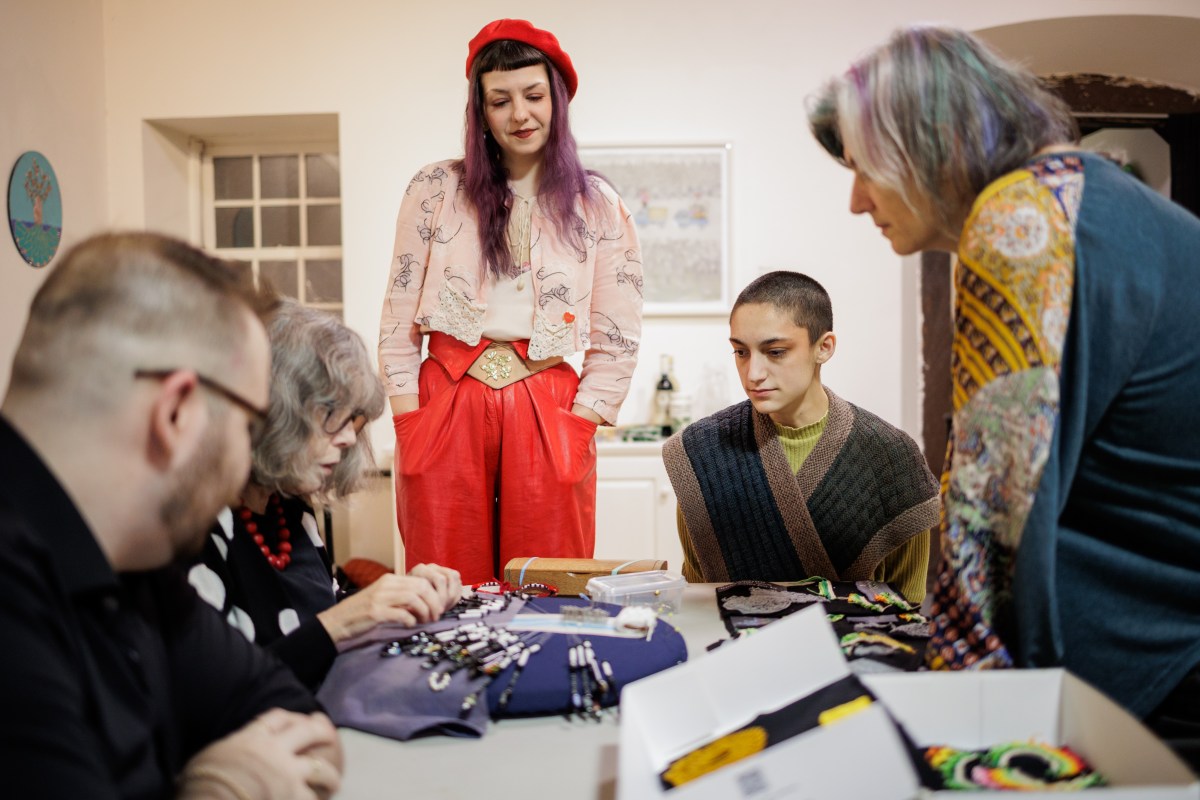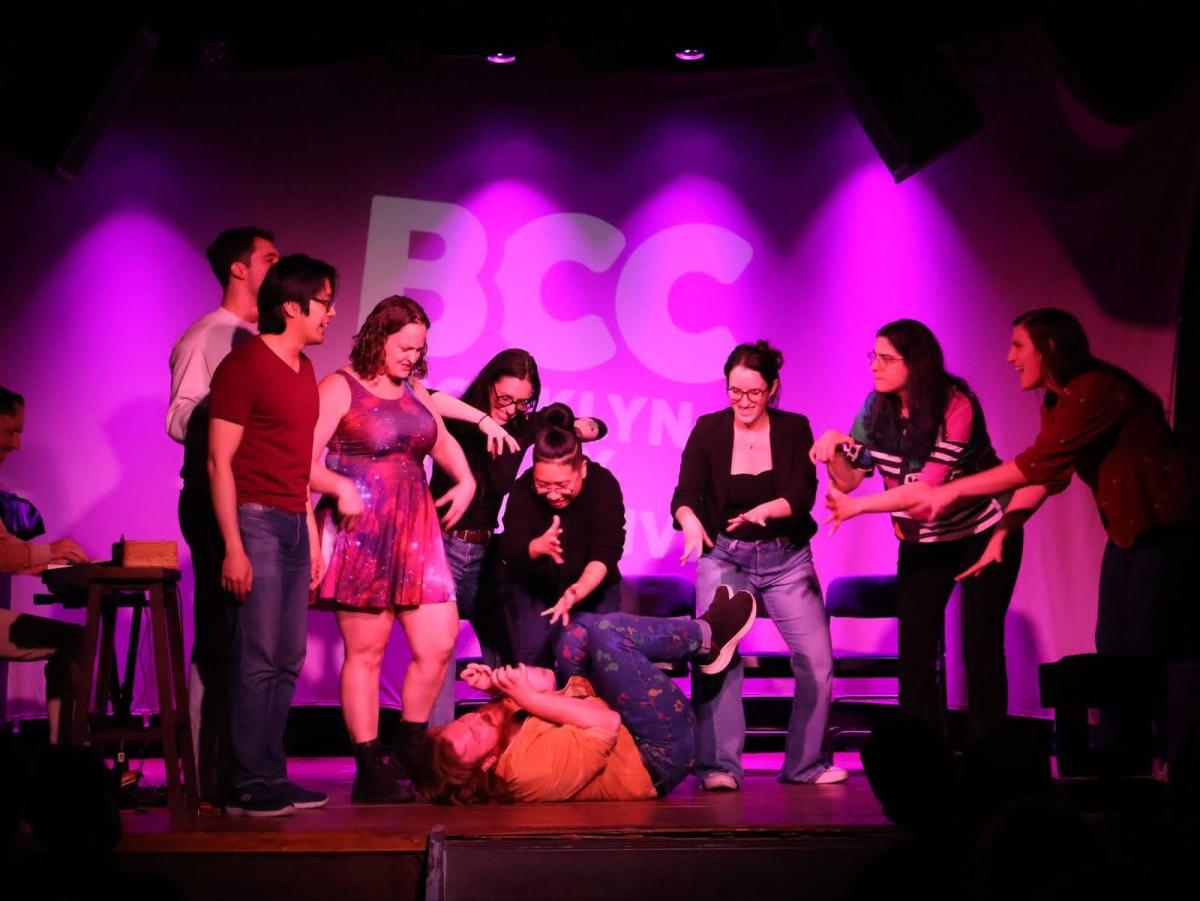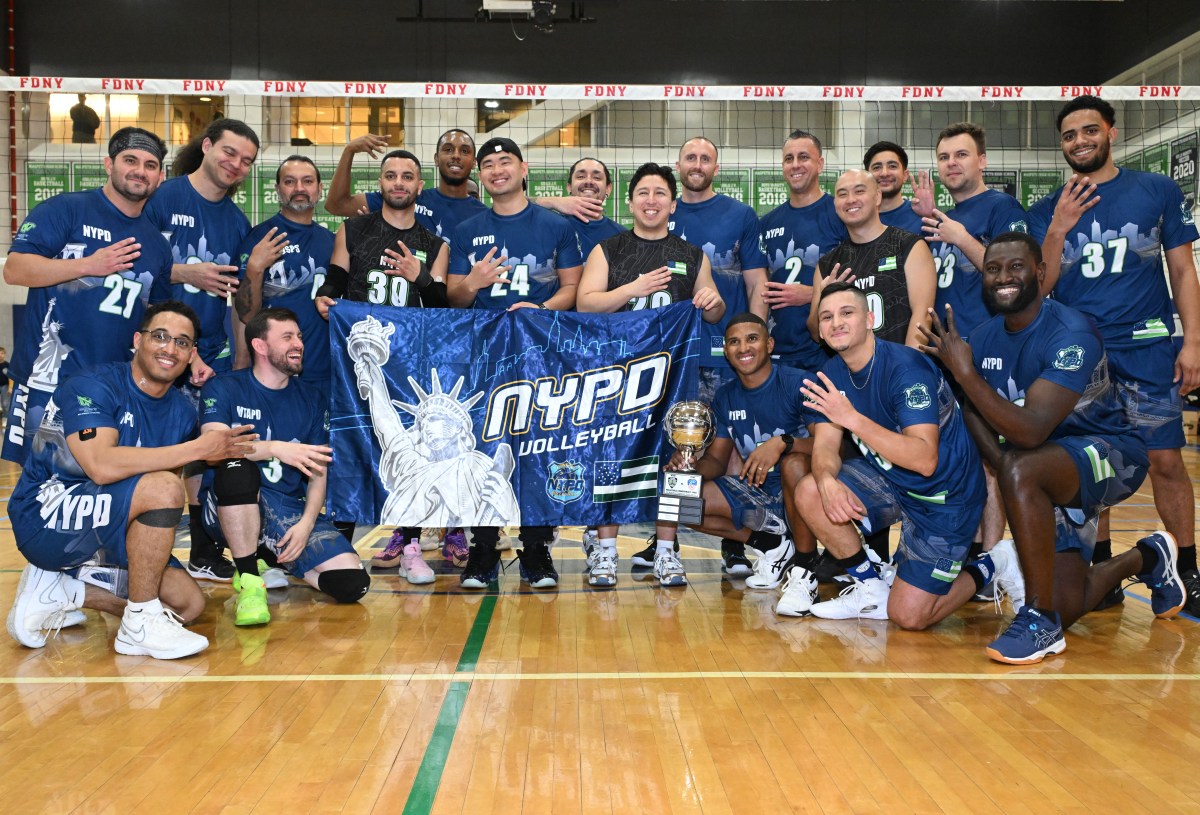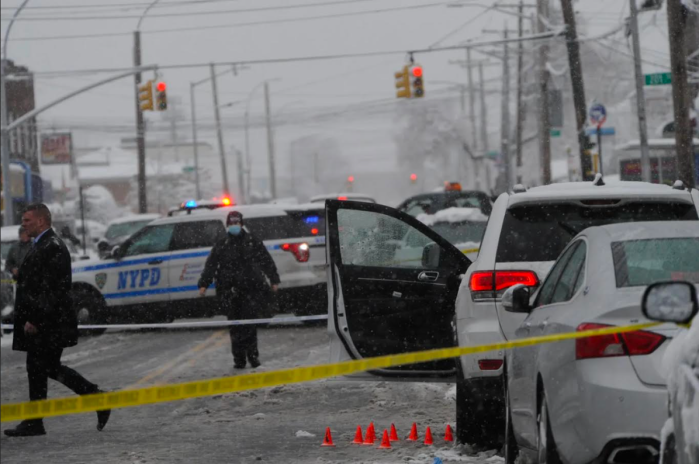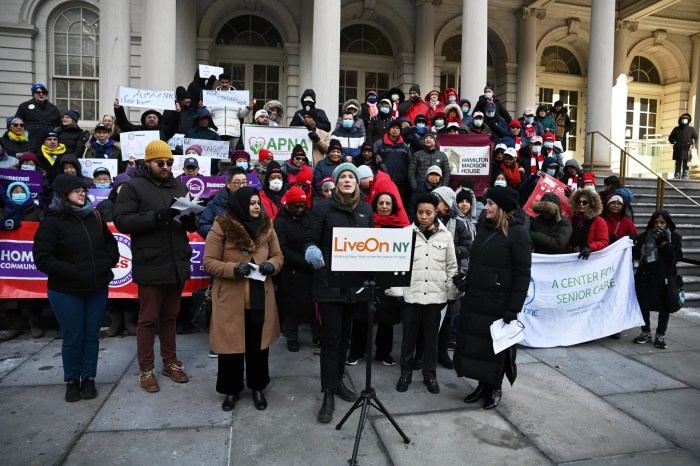The mid-winter break for New York City public school students is approaching. While students might be inclined to shift their focus away from studies this coming week, there are ways they can remain actively and academically engaged during this time — particularly considering the recent trends in learning loss amid the pandemic.
This is a common occurrence each summer — in what is known as the “summer slide,”— but it’s something to consider year round. Studies have shown that kids have lost anywhere from 17-34% of the prior year’s learning gains over summer break, with some studies reporting as much as 40%. But we don’t always pay attention to such loss during holiday and mid-winter breaks.
At New York Junior Tennis & Learning (NYJTL), we support more than 85,000 youth in underserved communities across all five boroughs in New York City each year. Take it from us: we’ve been teaching kids academic enrichment and tennis since 1971, and don’t want to see students lose the progress they’ve made over the course of the school year — in both their scholarly studies and athletics.
We recognize that to succeed in school, and later in work and in life, students need encouragement and guidance. Here are five key ideas that parents and guardians should consider as the mid-winter break approaches.
Encourage your kids to build a routine.
We always begin lessons with drills that reinforce previously-learned habits and build a routine around practicing. The same can be true for break periods: It can be overwhelming for kids to go from days that are filled with activities to extended periods with nothing built into their schedules.
Finding a routine not only keeps them occupied, but has been proven to reduce stress, improve mental health, and benefit one’s lifestyle habits. If a hobby is done consistently enough, a routine starts to develop.
So encourage your kids to pick up a hobby and try it for even a brief period each day — this can be reading, playing an instrument, walking the dog, or practicing a sport, like tennis. Allotting just a few minutes each day makes all the difference — and is even better than spending hours on it one day a week.
Find real-world applications for lessons learned in school.
NYJTL values academic enrichment just as much as tennis. Each day, we incorporate real-world applications into our practices, our afterschool programs, and our Scholar Athlete Program, showing students how to be successful on and off the courts.
The next visit to a grocery store, find ways to integrate math problems into the experience, or ask questions about the origins of certain foods. These exercises, albeit simple, encourage students to become curious about the world around them, and get their minds thinking outside of a classroom setting. After all, there is a learning opportunity in everything – even if kids aren’t physically at school.
Surround your kids with books.
When a child complains there’s nothing to do, hand them a book. Reading is useful in myriad ways: it strengthens vocabulary, increases comprehension skills, improves focus and memory, and makes for greater empathy. All in all, books make for a more well-rounded individual.
Even if children finish just one book during the break, they are better prepared to return to the classroom.
Play active games.
One of our core values is healthy living. At NYJTL, we are committed to exercise, nutrition, and mental wellness. Find ways for children to live healthily during this break. If children are interested in refining their tennis skills, for example, but you’re worried about them breaking something in the process, then invest in foam balls and let them try fun exercises, such as balancing balls on rackets, bouncing them to practice control and stability, and taking turns catching the balls with their rackets.
These exercises will enhance creativity, teach children important motor skills, and strengthen their control and coordination. Not to mention, they also improve attention and memory, and help reduce risk of long-term chronic disease. And these active games don’t have to involve tennis. Take advantage of any nice weather and go for a hike, or spend a day playing tag. If the weather isn’t promising, you can always have an indoor dance party or attend a virtual fitness class.
Spend time around others.
Socialization matters. For nearly three years, much of our focus has been on isolation to avoid illness. But we recognize that teamwork teaches children valuable lessons about cooperation and problem-solving. Our ACES Afterschool program prioritizes collaboration and group play activities, with all of them geared towards socialization efforts after two years of isolation.
Find some time during this break for team-building exercises, such as playing a board game, practicing a sport two-on-two, or engaging in a debate. Peer relationships are crucial for social and emotional development.
And lastly…
This may sound antithetical to everything we’ve just said, but allowing time for proper rest and relaxation benefits one’s mental health and strengthens brain plasticity.
As a result of the pandemic, we’ve witnessed the increase in mental health challenges faced by youth, challenges being experienced across the country. At NYJTL, we hired a social worker and social work interns and increased mental health support for our youth.
Winter break is a period when our youth can slow down and get more consistent rest. This can set them up for success in the final few months of the academic year — and in the years ahead.
Jennifer Wohl is the Chief Education Officer at New York Junior Tennis & Learning (NYJTL).



